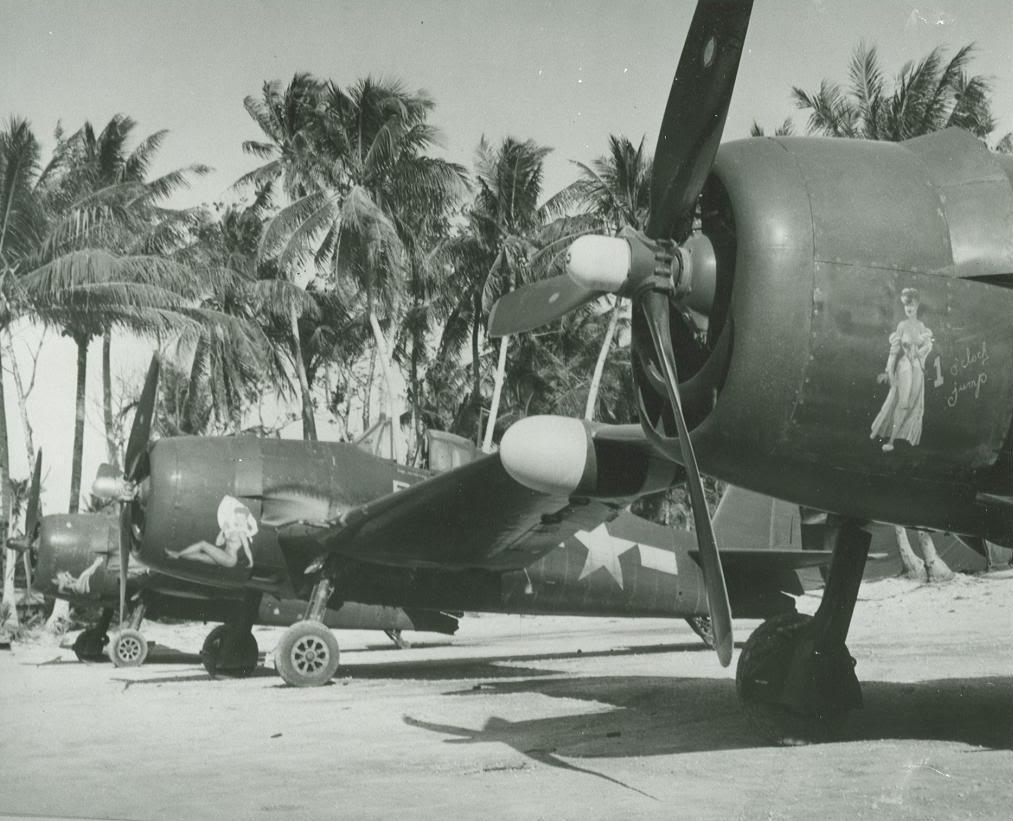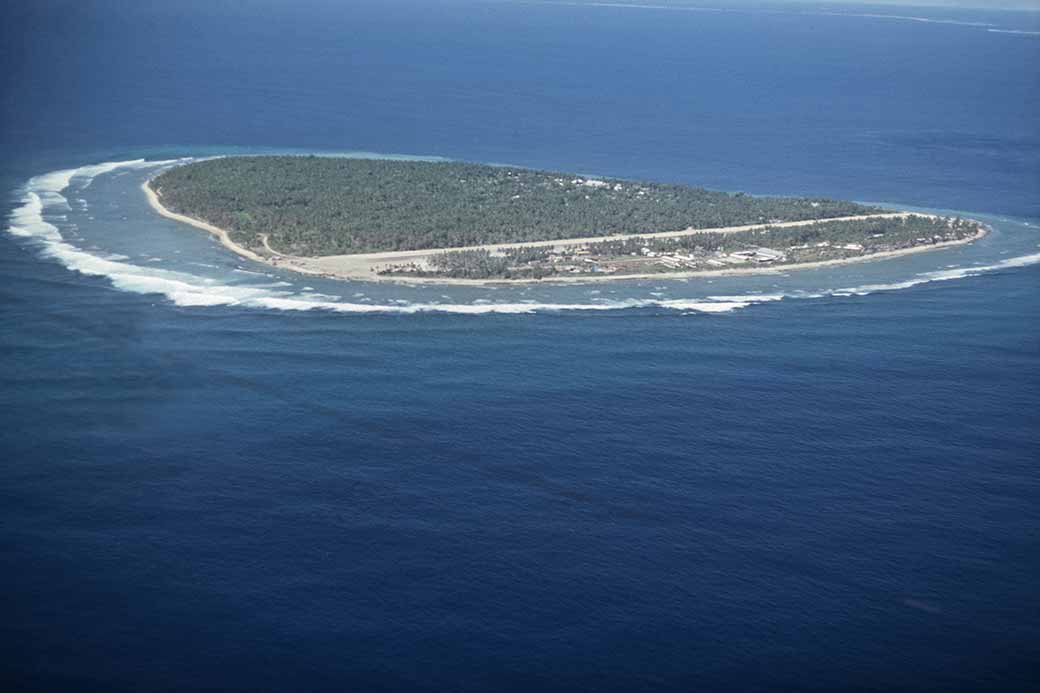

Navy ships would come in all shot up and they would fix the ships near the atoll.?Īccording to news sources, in March 1945 there were more than 700 Navy ships at Ulithi.

The engineers making up the Seabees did one hell of a job working on all those ships out there. There were just so many ships out there all coming in to refuel or getting repaired. ‘The Japs were trying to sink some of our ships in the lagoons. Two did make it into the lagoon, one of which sank the USS Mississinewa. 20, 1944 the Ulithi harbor was attacked by Japanese Kaiten-manned torpedoes launched from nearby submarines. ‘However, I remember the manned suicide submarines near our position on the shore.?Īccording to news reports, on Nov. ‘We never were under much of an attacked on Ulithi from the Japs,? he said. ‘We shot them and ate pretty well,? he said. Wild pigs were all over the place, he added. Every time there was a storm and the waves would be high the place would flood’we were only about 4 feet above sea level.? The moon was very big in the horizon’it took up most of the night sky. It rained every day and it was very hot near the Equator, much of the time you could only work at night due to the sun. ‘We did not have tents when we first went ashore, we just slept on the ground and rolled up in tarps. ‘We called Ulithi ‘the coconut farm,? said LaCross, who served 14 months on Ulithi. MAG-45 saw little of the enemy at Ulithi as its function was to help maintain the vital aerial guard duty. The planes that landed were needed to protect the fleet. Under the command of Colonel Frank June, around the island were as many as 500 ships at one time. The airfield was fully operational by Dec 1,1944. 8 the 51st Naval Construction Battalion began to improve the abandoned Japanese airfield on Falalop creating a coral-surfaced 3,500 feet by 150 feet runway, six taxiways, hardstands, lighting, a traffic-control tower, operations buildings, tank farm and a seaplane ramp.

The small atoll of Ulithi, was captured by the Americans unopposed and on Oct. The Ulithi Atoll was 10 degrees north of the Equator. The atoll, a ring-shaped coral reef including a coral rim that encircles a lagoon partially or completely, is in the westernmost area of the Caroline Islands, 360 miles southwest of Guam, 850 miles east of the Philippines and 1,300 miles south of Tokyo. In late September 1944, LaCross and Marine Air Group 45 (MAG-45), of which he was a part of, were sent to the island of Ulithi Atoll, a staging area for the U.S. ‘We stopped in Hawaii on the way to the Ulithi Atoll in the South Pacific.? ‘I was trained to be an aerial gunner and sailed to the south Pacific on the USS Dashing Wave troop ship,? he said. LaCross traveled by train to San Diego Marine Camp for training. He really did not say much, just walked out the door.? Dad just came to the office and signed it, then left. My mom and dad had to sign off on me, that was the rule then. So I had been talking to the Marine recruiters and at 17 I quit high school and signed up. ‘I did not want to join the Army and with World War II raging, it was a real possibility. ‘I was attending Davison High School,? he said. One of four children, Don was of French descent and attended Flint’s Longfellow High School until the family moved to Davison in 1941. Joseph’s Hospital in Flint to Anna and Donia LaCross. Like millons of young men growing up in the 1940s, LaCross volunteered for duty. ‘I also knew many of the pilots that flew there. ‘I know these routes, the tiny islands, too, they are just a pile of coral in the Pacific,? said LaCross, tracing the lines on the map. The LaCross memorabilia collection includes Japanese yen and maps of flight patterns used by WWII American pilots printed in ink on silk fabric, the creases made by the airman that once used them. Heck of a nice guy, but when he came in the room, men shut up.? ‘Norton was a tough boxer, he was from Notre Dame. ‘That’s Father Norton,? said LaCross, gesturing toward a black and white photo of a chaplain standing with group of white T-shirt clad Marines under a canopy of coconut trees. The scrapbook contains photos of shot down Japanese ‘Zeros? (planes), South Pacific natives, and young Marines’many LaCross still knows by name. The Marine motto ‘Semper Fi? adorns the cap of Don LaCross as the 85-year old Goodrich resident sorts through an aged scrapbook of a war on an isolated atoll in the South Pacific.


 0 kommentar(er)
0 kommentar(er)
